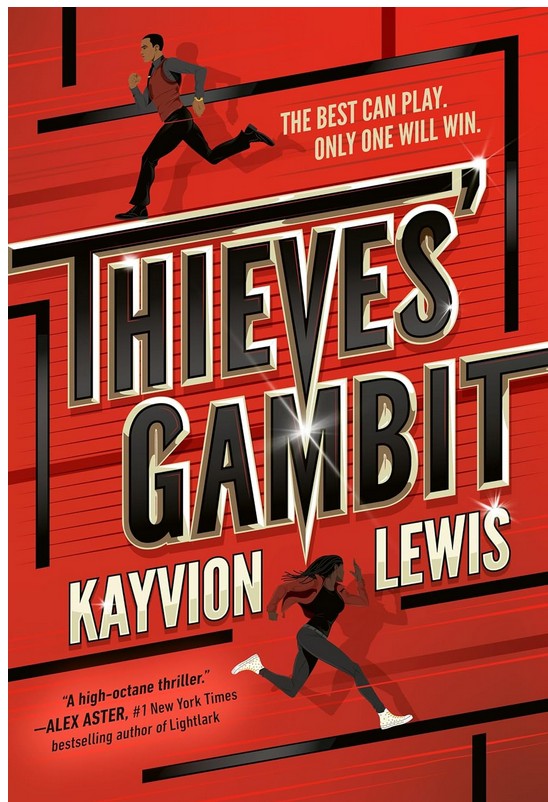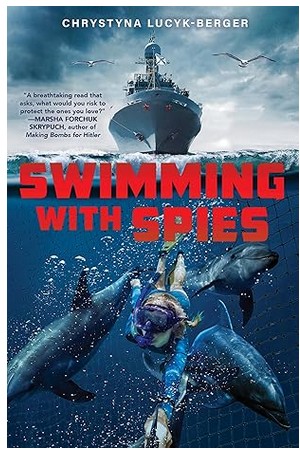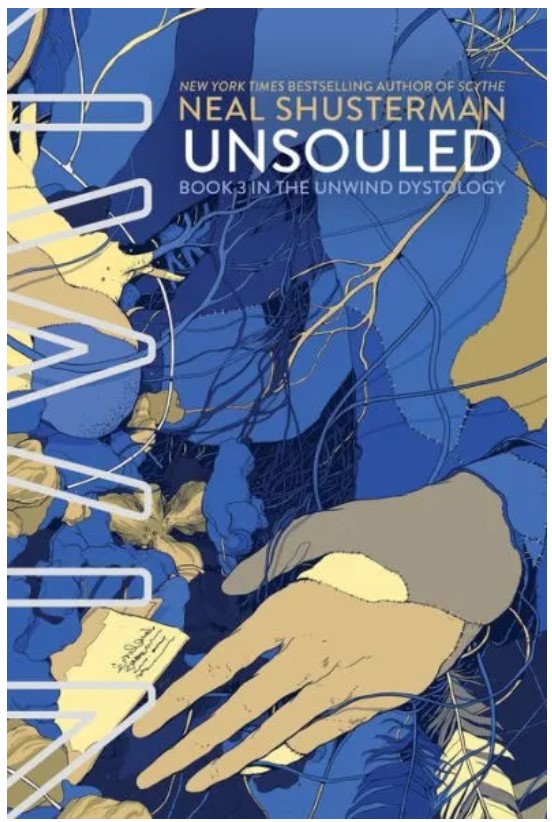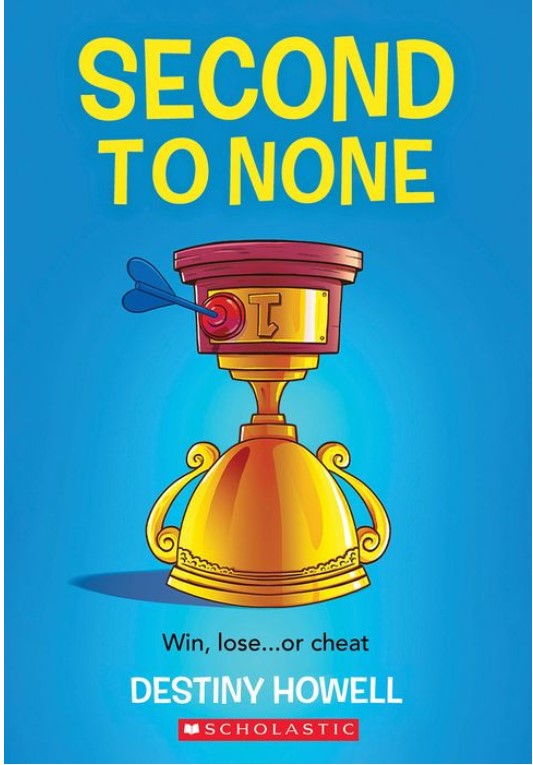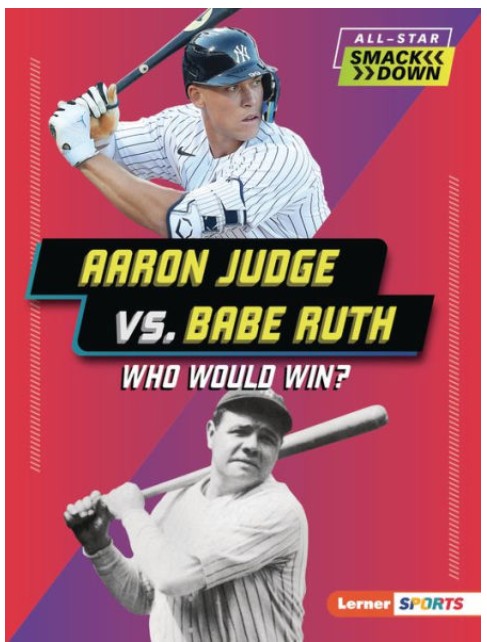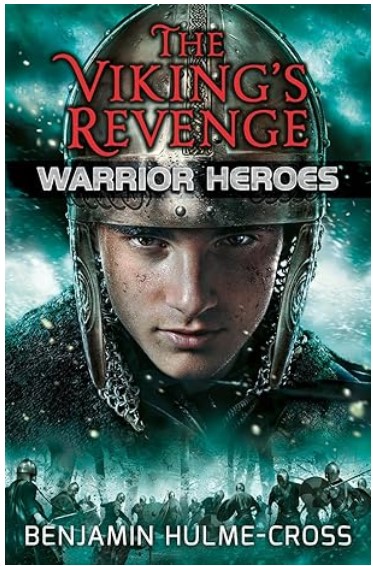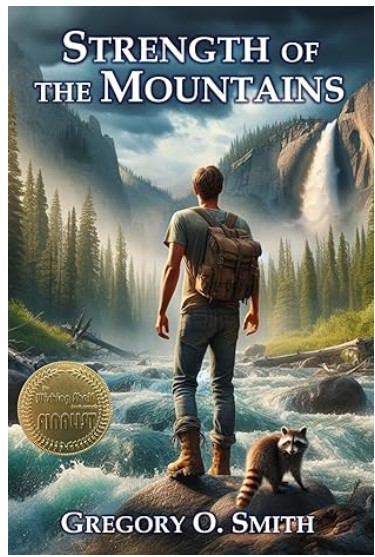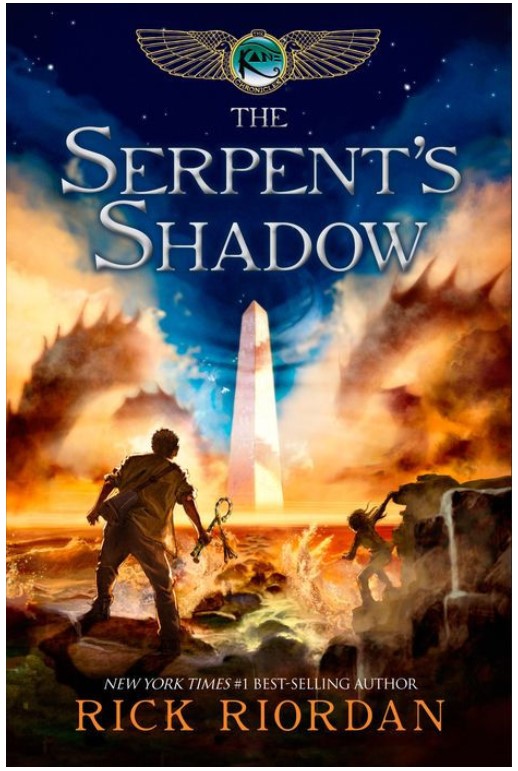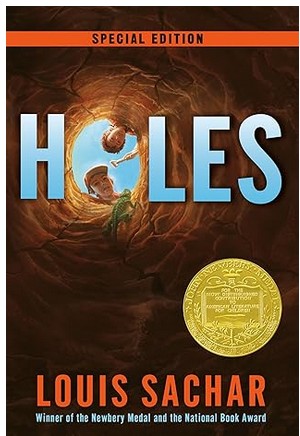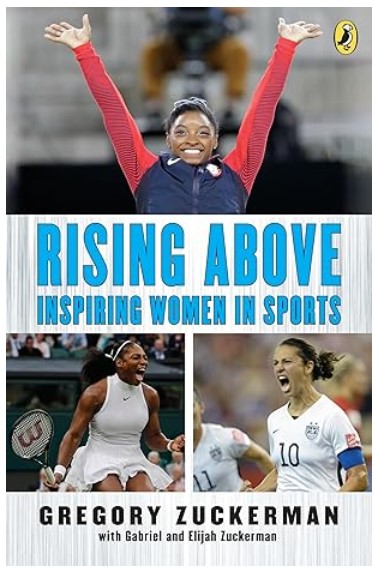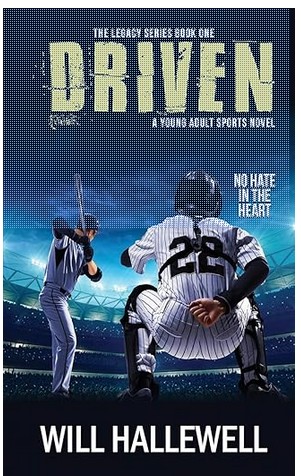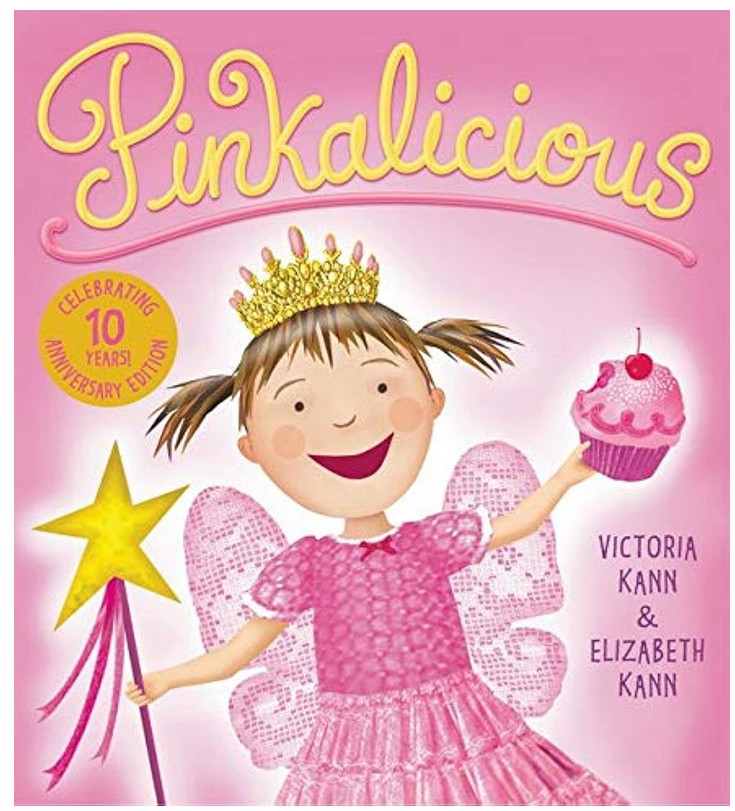Seventeen-year-old Rosalyn Quest is a master thief, adept at escape plans. After all, her family runs an organized theft enterprise that rules the North American region. She longs to live a semi-normal teenage life, but she can’t seem to escape the pressure of her familial expectations. Her life becomes more complicated after her mom is kidnapped. It’s up to Rosalyn to acquire the ransom and save her mother.
The only way Rosalyn can get the ransom money is by entering the Thieves’ Gambit, a game composed of three phases where teenagers are tasked with stealing the world’s most prized possessions. Her competition is the best teenage thieves that exist in the criminal underworld. Through clever tactics, difficult choices, and life-or-death situations, Rosalyn competes for her mom’s freedom. However, when unanticipated obstacles arise, she must make difficult decisions not only for herself but also for her opponents and her mom. Rosalyn’s whit and unorthodox plans have gotten her this far in life, but will they help her win the game?
Readers will sympathize with Rosalyn’s wish to experience a normal teenage life. For example, Rosalyn gains the courage to venture out on her own to explore and self-reflect. Ironically, this is when her family needs her the most. Rosalyn grapples with the guilt of wanting to leave her family while at the same time attempting to save her mom. Joining the Thieves Gambit allows Rosalyn to socialize with other teenagers and make friends, something she has been longing for. Rosalyn’s intelligence enables her to think outside the box and find her way out of a sticky situation, making her a likable character.
Devroe Kenzie, a competitor in the Thieves’ Gambit, is a flirtatious young man who seems to be drawn to Rosalyn throughout the game. He offers his assistance, proposes that the two of them pair up to beat the others, and even asks her out on a date. These actions distract Rosalyn as she struggles to get a read on him and is tested by his flirtatious advances. She constantly reminds herself to remain determined to win the game for her mom and not to break her core value: a Quest can only trust another Quest. Noelia Boschert, Rosalyn’s childhood rival, is also competing but displays resentment and bitterness towards Rosalyn. Noelia goes out of her way to get Rosalyn kicked out of the game, pokes fun at her, and makes it difficult for the two of them to even remain in the same room without bickering. The tension between the two advances the overall plot and sheds light on Rosalyn’s past and the unanswered questions that are raised. They both enhance the storyline through emotional resonance and by challenging her perseverance to win the game for her mother.
Thieves’ Gambit is an action-packed book that delves into the lives of the world’s most skilled thieves, their methods of operation, and the extreme measures they will take to win the game. The characters reveal their skills, emotional intelligence, and complicated reasons for playing the intense game. Through this, the story takes unexpected turns, keeping the reader in suspense. Moreover, the events that unfold display the author’s imagination while also giving readers a glimpse into the underworld of crime.
Thieves’ Gambit grabs the reader’s attention from the beginning and keeps the thrill alive until the end. The book is easy to read and has an intriguing storyline. The author explores the ideas of friendship, trust, and a sense of belonging. The characters are relatable as they navigate their relationships and familial expectations. The conclusion will leave the reader reflecting on the characters. The book teaches the reader that when it comes to someone you love, you believe you will stop at nothing to ensure they are okay. However, when your morals are tested, it is sometimes necessary to think outside of the box. For more exciting books, read The Vanishing Deep by Astrid Scholte and the Heist Society Series by Ally Carter
Sexual Content
- There is flirtatious behavior between Devroe and Rosalyn, such as romantic slow dancing, Devroe telling Rosalyn she is beautiful, flirtatious looks, etc.
- Devroe and Rosalyn cuddle in a hotel room. “I slid in next to him. He lifted his arm like he was going to pull me against his chest. . . I put his hand on my waist, letting him pull me close.”
- Devroe and Rosalyn share a first kiss. “I cupped his face and pulled him in myself. His lips were soft at first and then they moved over mine. . . when he deepened the kiss, I couldn’t help but moan. . . ” and then they fell asleep.
Violence
- Two competitors in the Thieves’ Gambit, Rosalyn and Noelia, fight. “My foot slammed into her torso, then into her hand. Her blade flew up and across the room.”
- A museum guard shoots Yeriel, a competitor. “‘Hey! Freeze!’ a guard’s voice echoed distantly… a gunshot rang out… I was frozen, my gaze stuck on Yeriel and the red seeping through her jacket.” Yeriel is seriously injured and in need of a hospital.
- Rosalyn’s mom is kidnapped by two men. Rosalyn saw “the yacht was speeding away. Disappearing into the night. Along with my mom… She was gone. Captive on a yacht headed to . . . I had no clue where.”
- Rosalyn’s mom’s kidnappers request a ransom. “These people weren’t just going to give me my mom back… More rustling over the line. It sounded like he was talking to someone. Deciding just how much Mom’s life was worth… ‘One billion.’”
- Rosalyn and Taiyo, one of her competitors, begin fighting during the second phase of the game over a flash drive that Rosalyn had acquired. “I kicked against his hold, but he twisted my arm tighter and dug his knee into my back.” Rosalyn is not seriously injured but is handcuffed to a balcony, struggling to break free.
Drugs and Alcohol
- Kyung-soon, a competitor in the Thieves’ Gambit, “[held] a small bottle of something definitely alcoholic. . . took a sip and her face scrunched up.”
- Devroe shows Rosalyn his plan to drug clients to manipulate their spending at an auction. Devroe told Rosalyn not to drink it because “the chemical I am planning on using, when given in the correct dosage, should make the target disoriented.”
Language
- Mild language including damn and hell is used very rarely.
Supernatural
- None
Spiritual Content
- None
by Leela Kowalski
